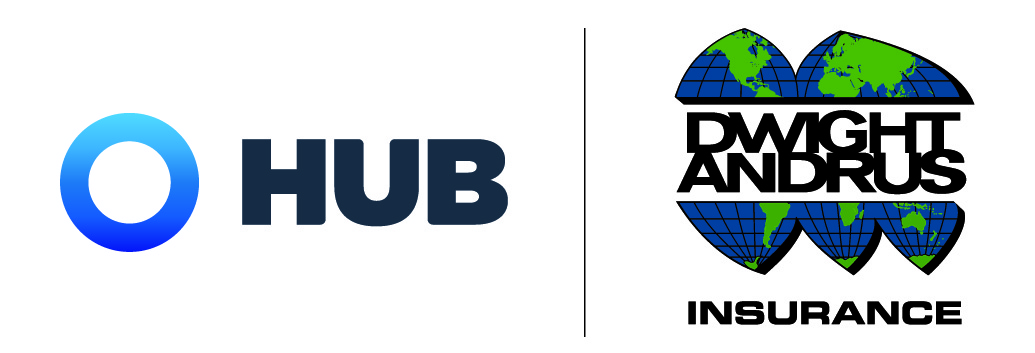Risk is a fact of life in oil and gas. Ever since the first wells were dug, workers have been putting their bodies on the line to extract resources from the ground. For many years, the riskiness of oil and gas work was legendary, with even its job titles like “roughneck” reflecting the hazards of oilfield life. But many decades later, with improvements like safety training, better equipment and technology, the number of accidents has shrunk remarkably. There’s still risk in all aspects of oil and gas work — just as with any endeavor — but the industry has made great strides in reducing the potential risk to a far more manageable level.
Along with the improvement in safety, energy businesses have become experts at understanding and categorizing risk. They’ve created robust procedures and protocols for identifying, managing and mitigating risk, particularly on job sites. More recently, they’ve also led the way in the development of strategies to tackle risk in an evermore complex legal and regulatory environment.
Understanding Risk
Types and Sources of Risk:
- Hazard (anything on the job site with the potential to harm people)
- Physical/Environmental (anything that can damage your physical premises, including severe weather)
- Human risks (personnel-related, ranging from substance abuse to fraud)
- Technology and Operational (issues that impair your operations, like power outages or other system failures)
- Strategic (related to decisions made by the business)
- Financial (risks associated with financial assets or credit/payments)
- External (those occurring outside of your organization and beyond your direct control)
Risk is a permanent feature in business. What companies can control is how they respond to it. There are several possible approaches:
Retention: Risk is accepted as inherent in the activity of business. Certain dangers exist in the oil and gas industry that cannot be fully eliminated, and those that are relatively small or rare may be seen as acceptable risks.
Avoidance: Risk is managed by avoiding activities/situations which entail risk. This could mean not performing certain kinds of highly dangerous work, for example. Another approach could include reducing the amount of work performed under certain hazardous conditions to a minimal level.
Prevention: Energy companies rely on robust safety programs to provide training and prepare workers to operate safely in industrial environments. The goal is to minimize risk by acting with the utmost concern for safety at all times.
Mitigation: Risks that cannot be avoided may require countermeasures to decrease the potential business impact. This may include anything from securing up-front guarantees to hiring outside experts.
Transfer: In oil and gas, some risks are addressed by shifting responsibility to another party or parties. An insurance policy, for example, can shield your business from catastrophic weather events or other unpredictable threats. Another option is the negotiation of contracts that clearly lay out liabilities and remedies that can affect a given project.
All of these approaches play a role in a comprehensive risk management program. When it comes to the multi-faceted and complex array of risks facing energy industry businesses, though, it can be easy to miss the forest for the trees. While oil and gas businesses inherently understand the importance of safety on the job site, they’ve had to adapt to the less tangible though more high-level risks associated with contracts and financial liability. One of the main strategies for managing this macro-level risk is the use of negotiated special agreements to govern working relationships between different parties.
Managing Oil and Gas Risk with Contractual Risk Transfer
When initiating a contract for a new project or service, often the pressure to move quickly means recycling old contract language or using templates. When opportunity calls, there often isn’t time to think through all the potential legal issues and implications. That’s why oil and gas operators and contractors often negotiate a Master Service Agreement (MSA) to provide a more comprehensive and detailed foundation to minimize the risk of litigation or financial loss.
One goal of MSAs is to make the contract process faster, by establishing the terms under which all future work will be performed and defining expectations and responsibilities for all parties. MSAs include provisions covering liabilities, insurance requirements, payment terms and dispute resolution, among other details. Ideally, the MSA includes as many areas of agreement as possible to avoid the need for additional negotiations, which can add time and expense to a project.
MSAs are Only Half the Story
While MSAs may assist contracting parties by clarifying liability, the devil is always in the details. Knowing exactly which insurance policies/coverages are needed to meet the terms specified in MSA requires both industry and insurance expertise, especially when multiple parties are involved. And even coverage that meets all requirements of the agreement may still be insufficient protection against major risks or hazards that may arise.
Oil and gas service companies are especially vulnerable in these situations, as they are often working for major producers with massive legal departments who have developed complex contracts to protect these billion-dollar enterprises from liability. Working with the industry’s biggest companies is great for business, but the onus is on the contractor to protect itself.
How Dwight Andrus Insurance Can Help
In oil and gas work, liability tends to run one way: downhill. The big companies spend millions each year just to make sure they offload as much risk as possible onto contractors and third parties like you. Doing business with them is high risk/high reward, which is why Dwight Andrus Insurance offers comprehensive guidance and expertise on coverage and business liability. Handling contracts/MSAs and insurance separately or on your own is a recipe for disaster; we created “The Andrus Advantage” to ensure that contracts and insurance coverage work in alignment to keep your business protected — no matter what rolls down the hill. Contact us today to get started!

